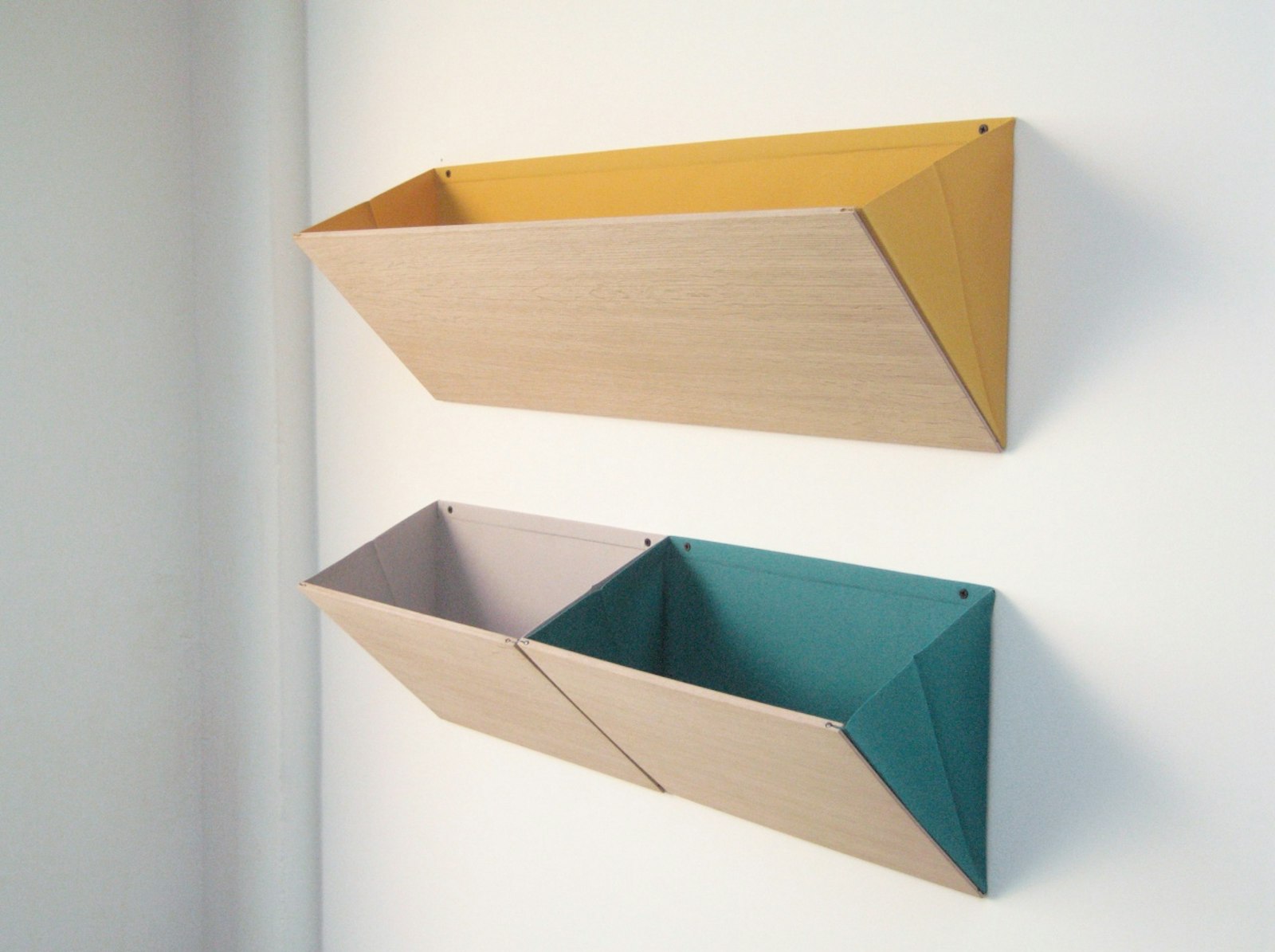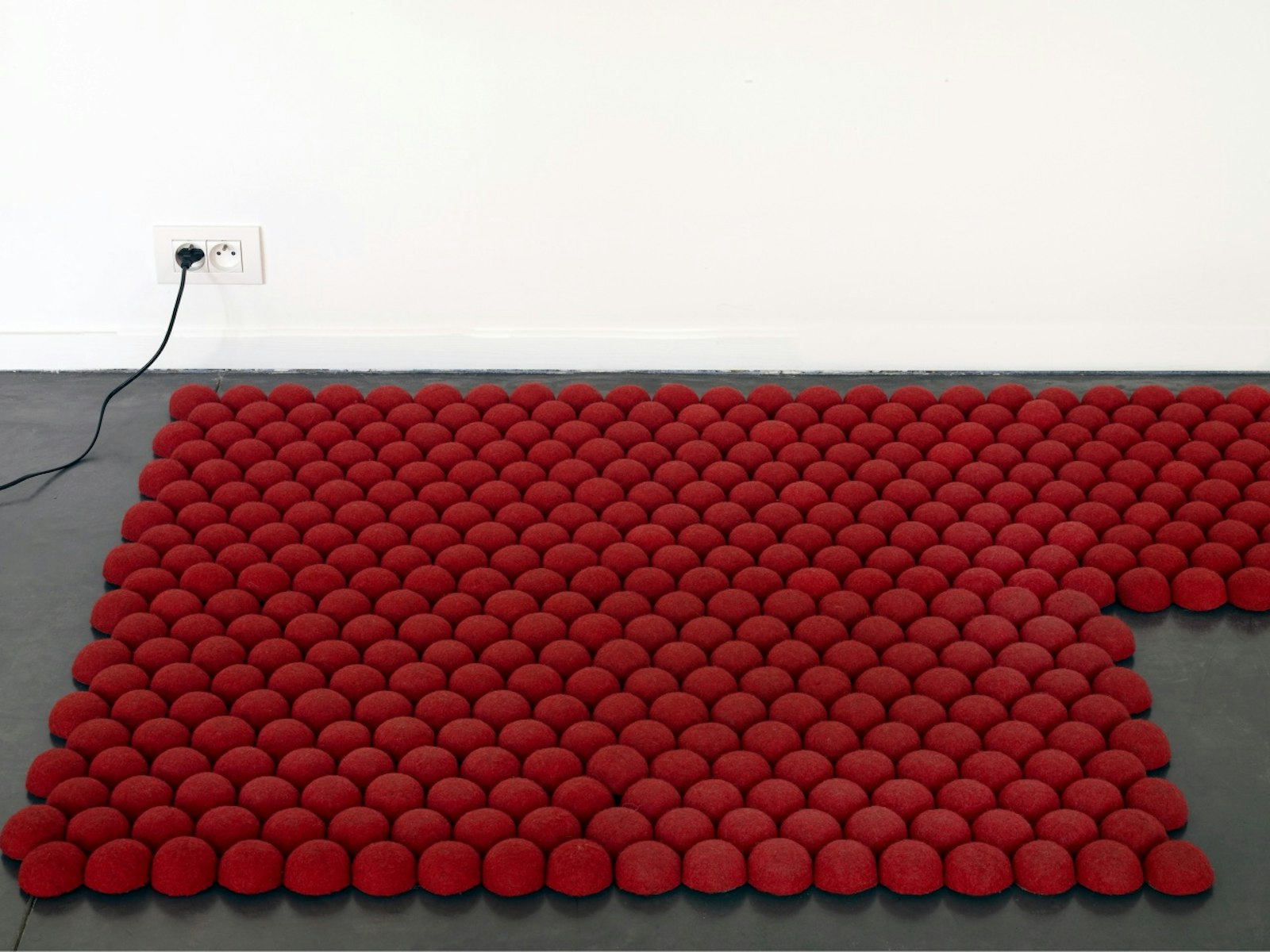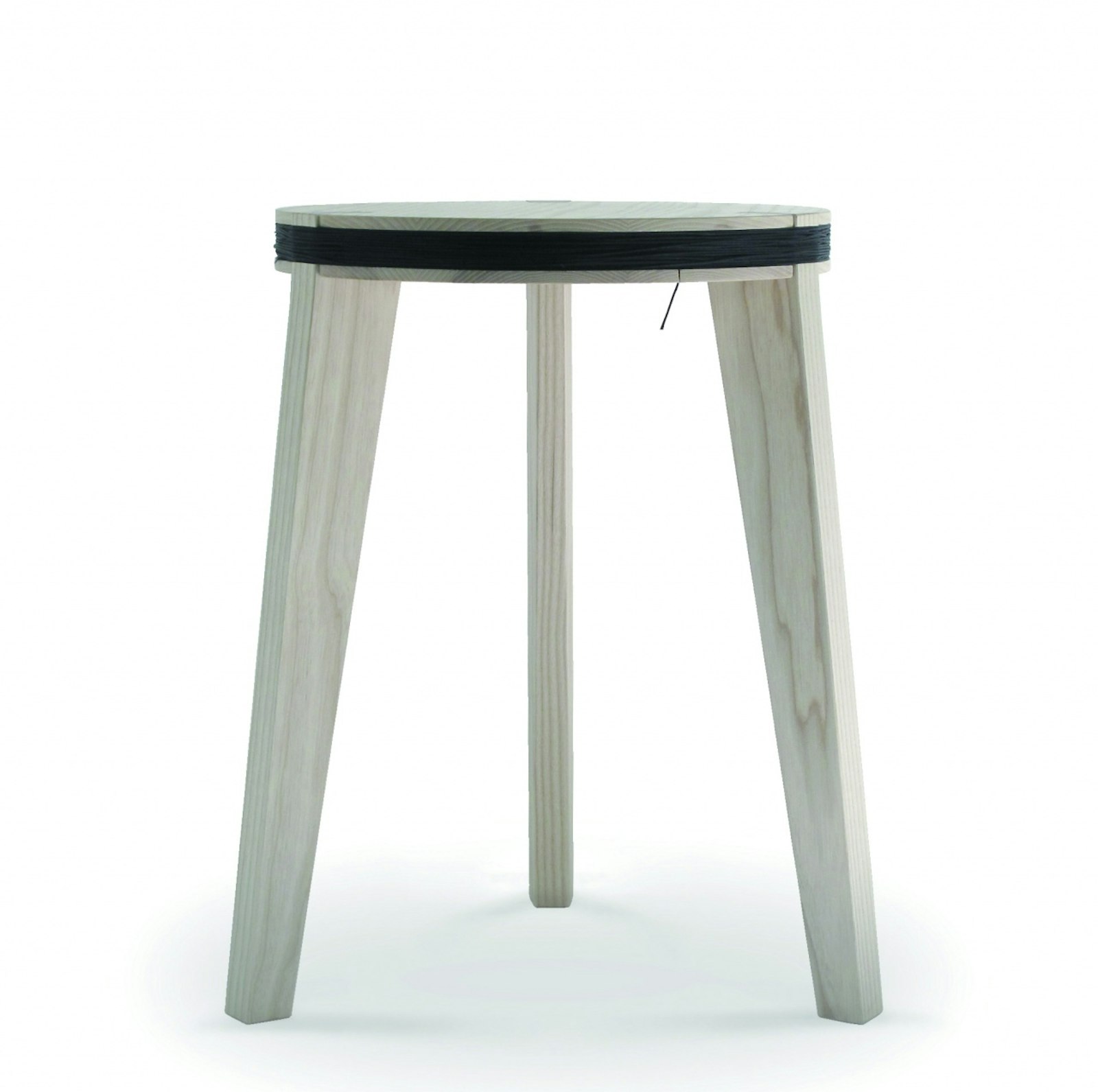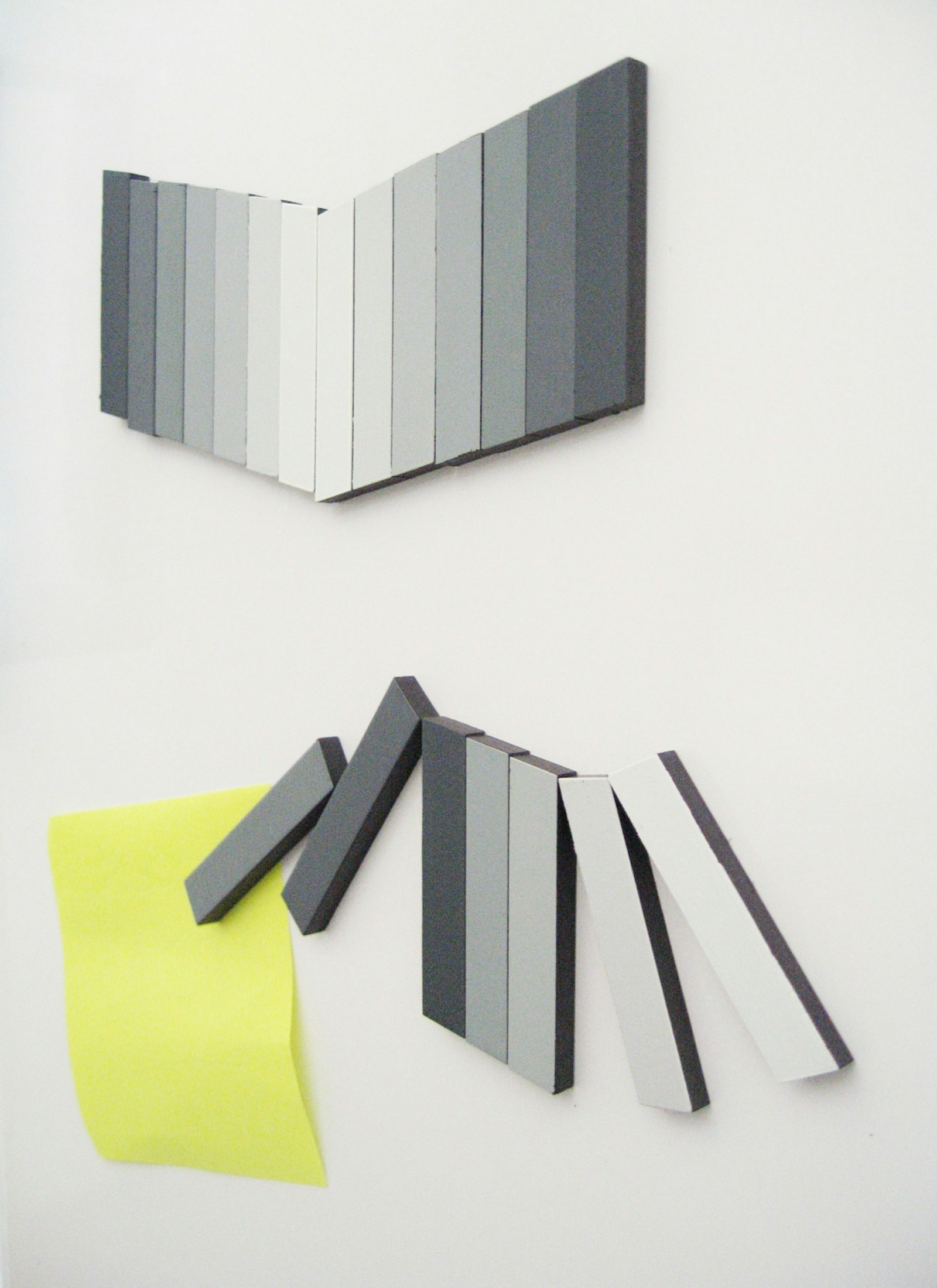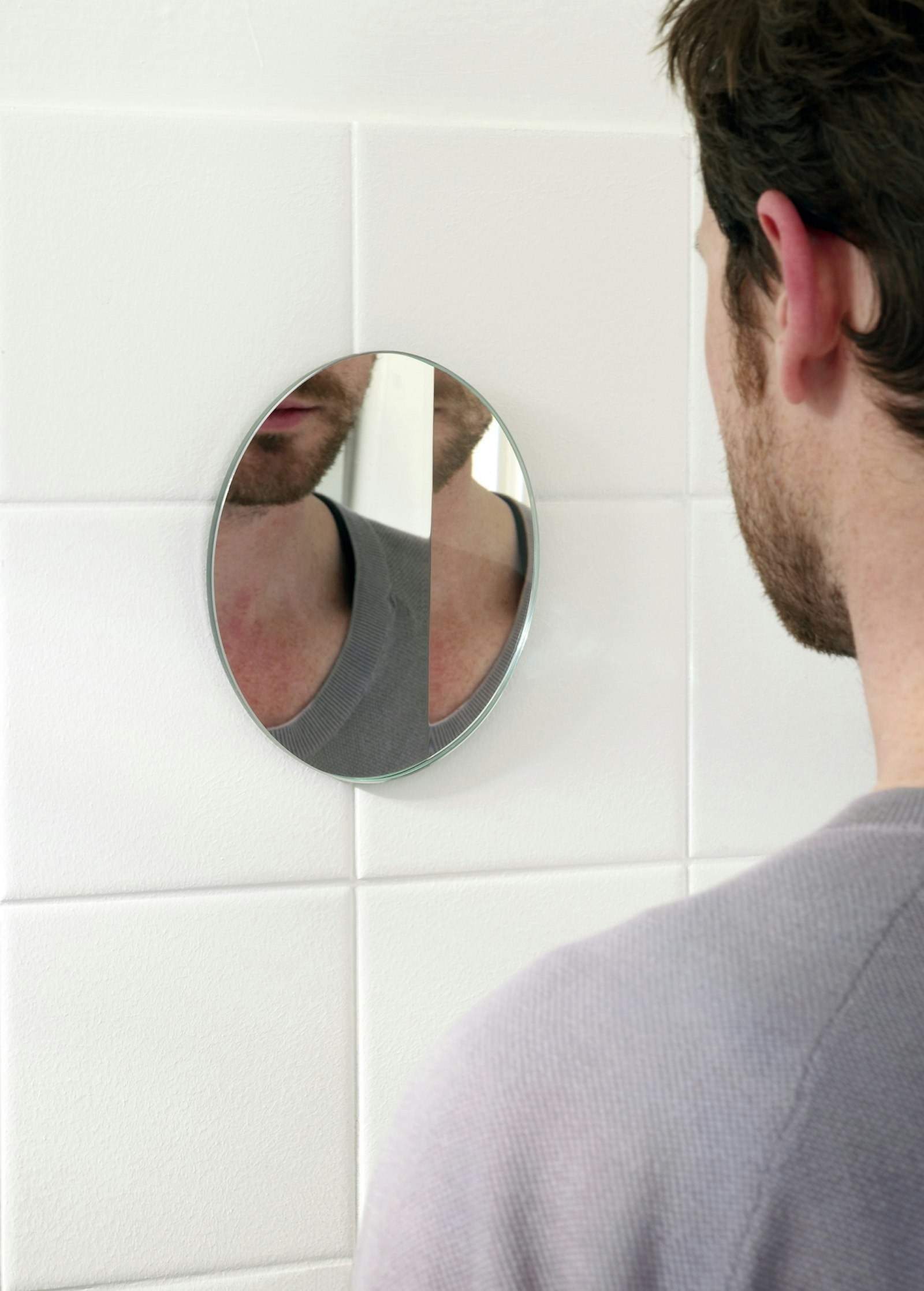de Velde
Diane Steverlynck
Form and beauty are of no interest to her as a starting point, but result from an investigation of the structure and idea of textiles in specific applications. Moreover, she is fascinated by textiles that transform themselves and can be manipulated into new objects. Balls of wool become carpets, cardboard boxes become warm blankets, pieces of wood and a string become a stool. Diane Steverlynck doesn’t decide in advance what she is going to make, but takes her inspiration from coincidental encounters. The everyday things she gathers up lead her to experiment with commonplace materials, until she arrives at a new object that goes far beyond the commonplace and lies somewhere between design and art.
In the first place, the designer sees textiles as active materials that can be laid and folded into different configurations; flat elements turn into spatial structures, hard into soft, and vice versa. Just as sand changes easily in shape and building blocks are forever being stacked to make new structures, Modul_le (2002) invites the user to arrange balls of wool as he sees fit. Held together by Velcro, they become a carpet or a daybed. Cardboard Covering (2001) recycles the cardboard from used boxes and works it into a soft and supple blanket. The lettering on the original boxes remains visible, as do the visual and semantic analogies between the cardboard box and blanket. Soft Liquid(s) (2004) also plays with connotations of shape and content.
Water-resistant cotton cloths are turned, simply by folding, into handy drinking cups, like the cardboard versions we already know. But, unlike cardboard, the textile is supple and tactile, and it evokes the sensory experience of drinking from the cup of the hand, the pliability and comfort of a liquid in a plastic bag, and the softness and availability of a handkerchief in the pocket. Diane Steverlynck’s designs are sculptural, poetic objects that tell a story of their own and call up particular sensations. And they are all designed with people in mind. With an anthropological interest, the designer investigates new possibilities for textile objects and encourages their use.
Diane Steverlynck does not seek to create elitist products and so aims to work with an industry that can bring affordable designs to the market. So she finds it interesting when the object changes because the industry has abilities and limitations of its own. Once again, transformation plays a role and one object turns into another. Working with the industry, or with specialists from other disciplines, yields new insights and leads to the discovery of new structures, which in turn dictate the form of new objects. In this way, Modul_le is reworked into Dots (2006), a carpet produced by Limited Edition.
Simple acts, like marking the page of a book when you stop reading, translate into objects like Bookmark (2007), a bookmark made from metal and braided PES. In Bookmark, designed in collaboration with Chevalier-Masson, the hardness and everyday practicality of a paperclip flows seamlessly into the softness and cherished value of a fabric bookmark. Due to their function, the curved top and flexible tail break through the strict framework of the book and form uninvited but gratifying decorative touches in the margin of the text.
The designer is surprisingly casual in her use of textile concepts, especially in areas where we do not expect this. Leaning (2009) are folding wall shelves made from wood and a polyester textile. They reflect the twentieth century, modernist search for light, functional furniture that occupies the least amount of space. Fastened to the wall, they fan open to reveal a colourful array of wedge-shaped trays. When empty, they can be shut to save space, and the pliant folds of textile disappear behind the unbending wooden front piece.
Tight Stool (2009), brought out by the Japanese distributor Trico, combines similar contrasts with the sort of attention to detail that triggers the imagination of the user. The narrow groove that catches the end of the coloured string is literally a trace of and track for binding the fitted parts, which when combined make a stool. But the detail is also intriguing, in that the string comes off. Without actually having to carry out the process, our mind unwinds the string and the stool falls apart into four very simple parts: three straightforward legs and a round seat, which, for all its simplicity is an icon of a puzzle piece. The separate seat also looks like an enlarged thread card, which, on top of this, invites you to wrap the string round the grooves edging the flat seat and so upholster it. With the legs, Tight Stool is a tightly bound stool and, at the same time, a process in time. The design calls for the active involvement of the user to piece the stool together and break down the idea of fastening into winding, entwining, gripping and rewinding. Here too, in a very cunning way, a structural element becomes decorative: the string is colourful and ‘added’, but indispensible in holding the stool together.
Diane Steverlynck creates objects through an interest in what life, in all its diversity, brings. Thus, her objects are not unequivocal, no matter how reduced their form. Double (2009), in all its compactness, could well be a metaphor for her entire oeuvre. With its slanting face, which is nonetheless flat at the front, Double reflects more than one image. Like the start of a kaleidoscopic multiplication of perspectives, Double shows that objects only come to life in relation to the user, and that everything is surprisingly multifaceted.
After following a course in visual arts, Diane Steverlynck (b. 1976) studied textile design at the Ecole Nationale Supérieure des Arts Visuels de la Cambre (National High School of Visual Arts in Ter Kameren) in Brussels. As an independent designer with her own agency in Brussels, she specialises in designing objects for everyday use in which the materials and structures create personal (quirky) possibilities for the user. She also teaches textiles at the KASK in Ghent.
